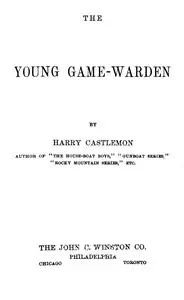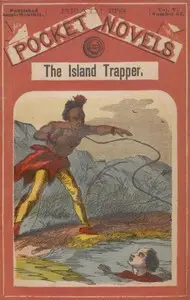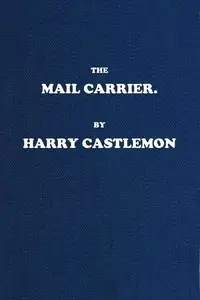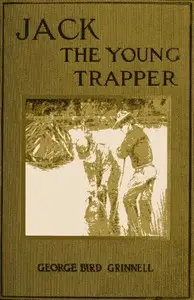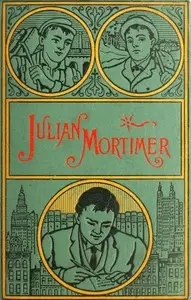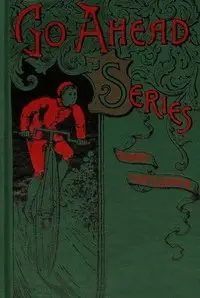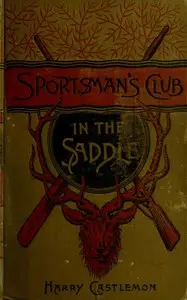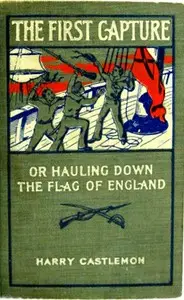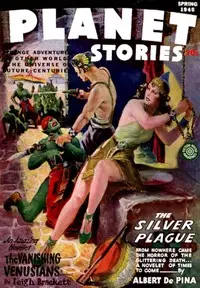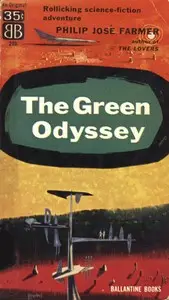"The Boy Trapper" by Harry Castlemon is a late 1800s story about a young boy named David Evans, who is working hard to provide for his family by trapping quails. With his father gone, David feels responsible for his mother and struggles to make money for them. But his efforts are challenged by his lazy brother, Dan, who wants a piece of the action, and a new kid named Lester Brigham, who tries to ruin David's plans. David's determination to trap quails and support his family becomes a tale of adventure, loyalty, and survival during a difficult time.

The Boy Trapper
By Harry Castlemon
A determined young boy faces off against his own brother and a new rival as he seeks to trap enough quails to save his family from poverty.
Summary
About the AuthorCharles Austin Fosdick, better known by his nom de plume Harry Castlemon, was a prolific writer of juvenile stories and novels, intended mainly for boys. He was born in Randolph, New York, and received a high school diploma from Central High School in Buffalo, New York. He served in the Union Navy from 1862 to 1865, during the American Civil War, acting as the receiver and superintendent of coal for the Mississippi River Squadron. Fosdick had begun to write as a teenager, and drew on his experiences serving in the Navy in such early novels as Frank on a Gunboat (1864) and Frank on the Lower Mississippi (1867). He soon became the most-read author for boys in the post-Civil War era, the golden age of children's literature.
Charles Austin Fosdick, better known by his nom de plume Harry Castlemon, was a prolific writer of juvenile stories and novels, intended mainly for boys. He was born in Randolph, New York, and received a high school diploma from Central High School in Buffalo, New York. He served in the Union Navy from 1862 to 1865, during the American Civil War, acting as the receiver and superintendent of coal for the Mississippi River Squadron. Fosdick had begun to write as a teenager, and drew on his experiences serving in the Navy in such early novels as Frank on a Gunboat (1864) and Frank on the Lower Mississippi (1867). He soon became the most-read author for boys in the post-Civil War era, the golden age of children's literature.


